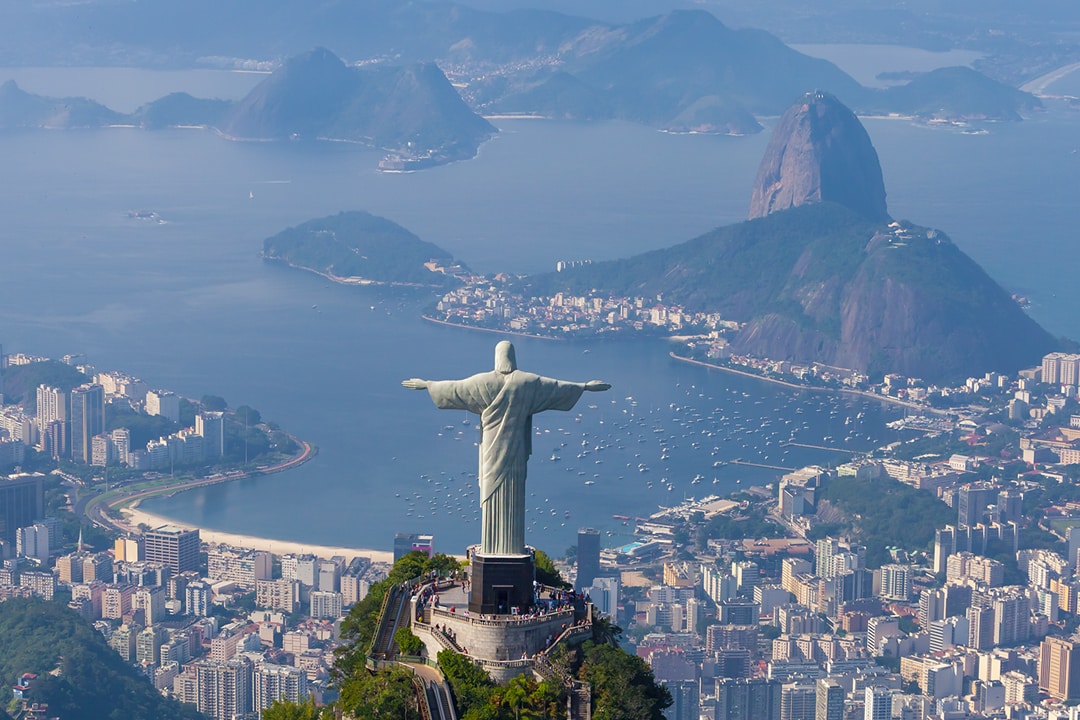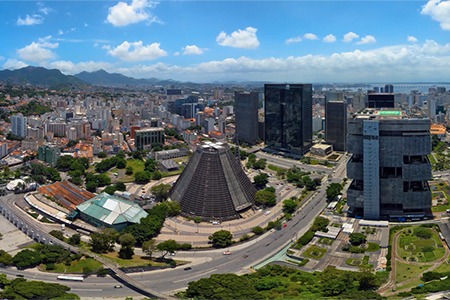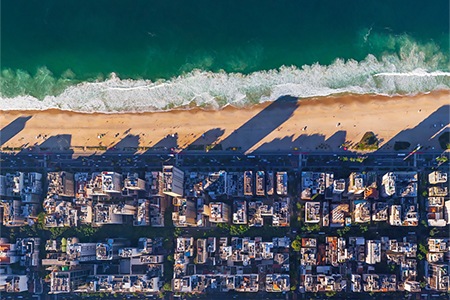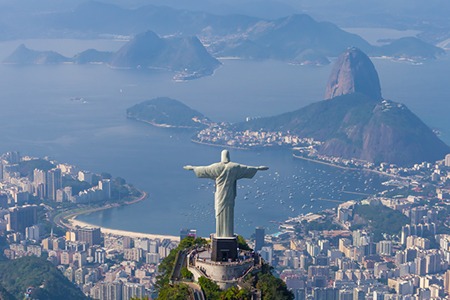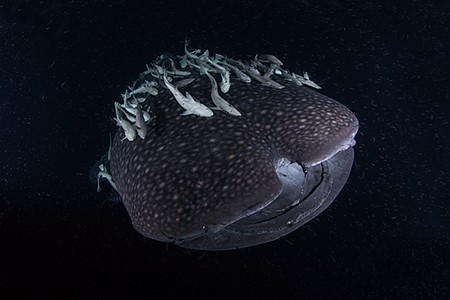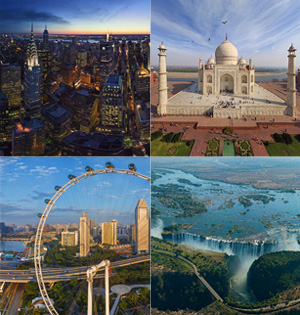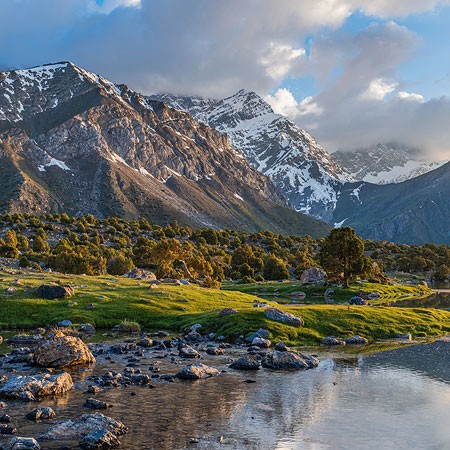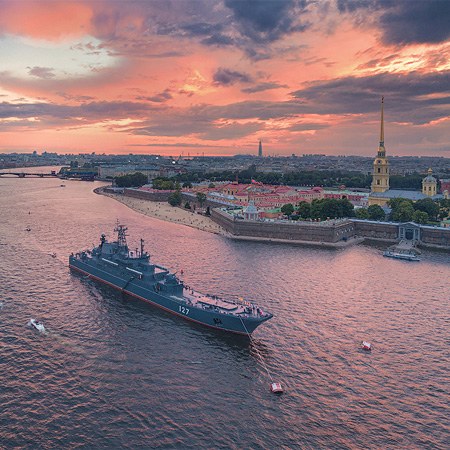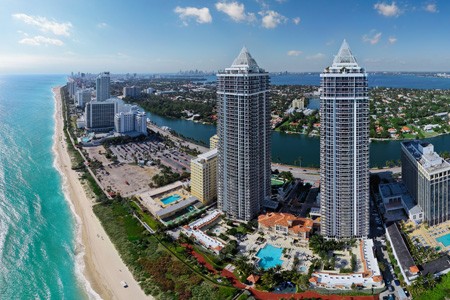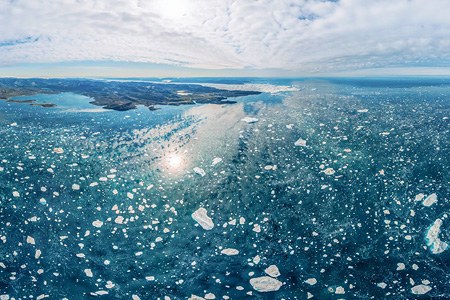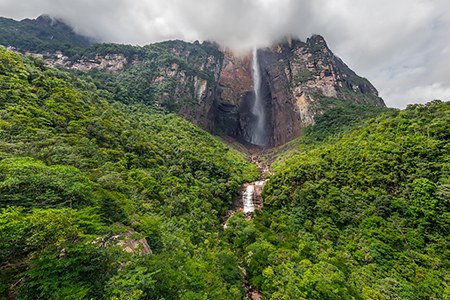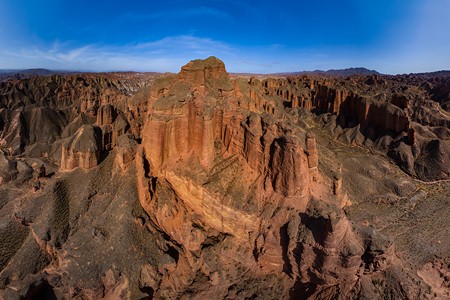Brasília. The capital of Brazil
The capital of Brazil is one of the youngest capitals in the world: it was founded in 1960. But regardless of its "tender" age, the city has an interesting history together with its outstanding architecture.
The name for this city was created 200 years ago, soon after the country had gained the independence and politicians suggested the new capital to be named "Brasília", in the same way as the state was mentioned on the maps of the world. By 1891 a new republican constitution had been developed featuring the article that stated the new settlement should be located on the Brazilian Highlands (Brazilian Plateau).

The movement of the capital from Rio de Janeiro at thousands of kilometres to the west was due to the need to develop the vast inner territories of the country. However, nothing had been done during the following decades, and only in 1955, the implementation of this ambitious plan was initiated.

The city plan was developed by Lúcio Costa who followed the ideas of Le Corbusier, the pioneer of what is now called modern architecture. A famous Brazilian architect Oscar Niemeyer took part in designing the buildings. As a result, a futuristic city with an extraordinary planning was born.

From above the city resembles an airplane. In the "cockpit", there is the Parliament, the Prosecution office and other federal institutions while the back of the "plane" went to the city and municipal governments. The central part is occupied by hotels, shops and banks, and the "wings" are residential areas.

Initially, around 140 thousand residents moved to Brasília — the city plan was developed for government authorities and staff in the amount of 500 thousand inhabitants. But its metropolitan area has grown past this figure in 1970 and carried on attracting new people: the idea of living in a city with a well-developed infrastructure and the great number of jobs was extremely alluring. But the ultramodern accommodation turned out to be too expensive. As a result, the metropolitan area is inhabited by only 400 thousand residents out of the overall 3 million people living in the suburbs.

In 1987, Brasília was chosen as a UNESCO World Heritage Site due to its modernist architecture that is unusual to any other world's architecture. For example, the Metropolitan Cathedral of Our Lady of Aparecida designed by Oscar Niemeyer is deepened to the ground and has 16 gracefully curving columns that represent hands moving upwards to heaven. Another great project of Oscar Niemeyer is the Palace of Justice surrounded by pools and water gushing through concrete gutters on its main glass façade. The Palace of National Congress of Brazil is a rectangular building with semi-spheres referring to a bowl and a dome and representing a two-chamber parliament. Ponte JK (named after the president and founder of the city Juscelino Kubitschek) is a 1,200 metres long bridge across artificial Lake Paranoá. The bridge immediately after its construction was awarded the title "The Best Steel Work of the Year".

The Brasília TV Tower is 224 meters high and has the observation platform allowing to observe the cityscape. But a more breathtaking and more detailed view of the city you can see in new AirPano panoramas.
Photos by Dmitry Moiseenko and Stanislav Sedov
9 October 2018
Read more
Photogallery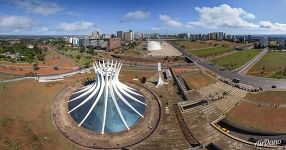 Metropolitan Cathedral of Our Lady of Aparecida
Metropolitan Cathedral of Our Lady of Aparecida
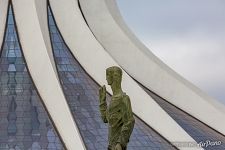 Metropolitan Cathedral of Our Lady of Aparecida
Metropolitan Cathedral of Our Lady of Aparecida
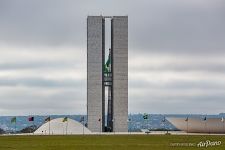 National Congress of Brazil
National Congress of Brazil
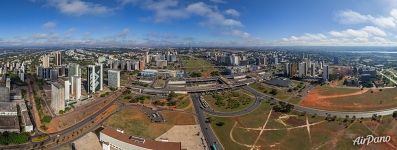 Brasília panorama
Brasília panorama
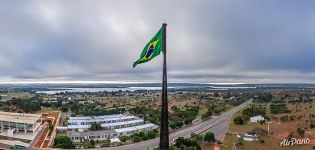 Flag of Brazil
Flag of Brazil
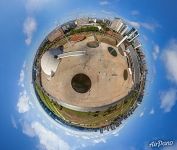 National Museum of the Republic
National Museum of the Republic
 Entrance to the National Museum of the Republic
Entrance to the National Museum of the Republic
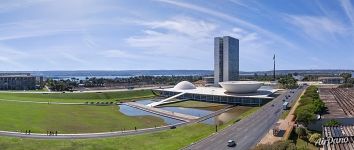 National Congress of Brazil
National Congress of Brazil
 Praça dos Três Poderes (Three Powers Plaza), National Congress of Brazil
Praça dos Três Poderes (Three Powers Plaza), National Congress of Brazil
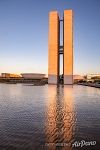 National Congress of Brazil
National Congress of Brazil
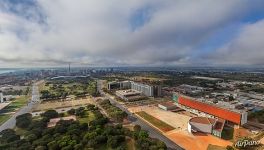 Brasília from above
Brasília from above
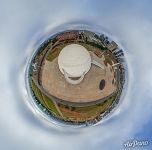 National Museum of the Republic
National Museum of the Republic

